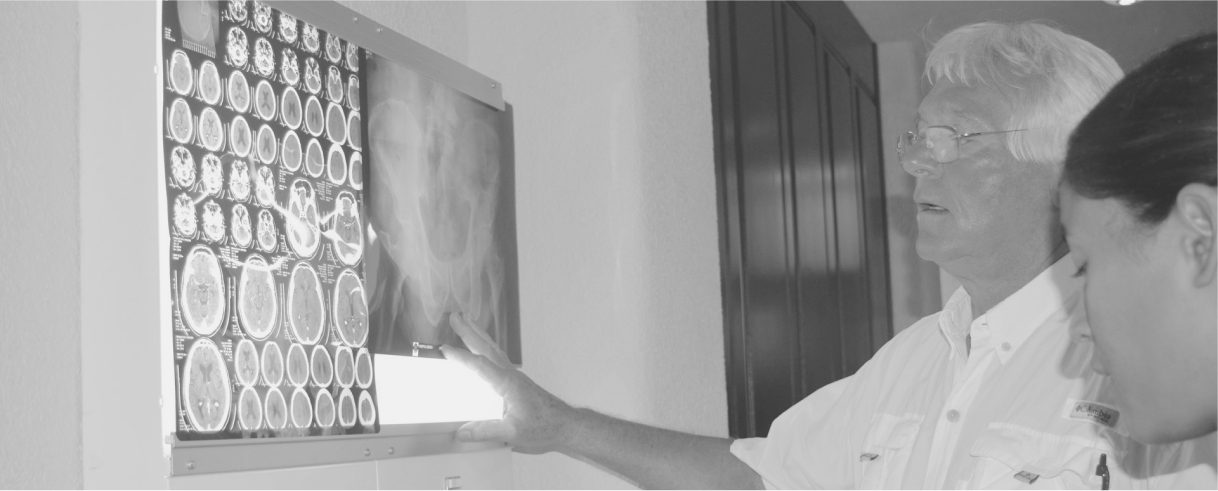As you may know, scoliosis is a term used to describe the abnormal sideways curvature of the spine. The spine’s curvature in this condition will usually be more than 10 degrees and will manifest itself in either an S or C shaped curve.
At the onset of scoliosis, a person will usually search for treatments and medical procedures in order to correct the condition while it is still early.
However, most adolescent and adult cases of scoliosis can often be treated with nonsurgical methods, such as in medical treatments that include bracing, medication, physical therapy, and spinal injections. But in the rare cases that the spinal curvature of scoliosis continues to progress and the corresponding symptoms begin to worsen, then surgical intervention is the ideal treatment.
This is where Fusion with Instrumentation as a way of scoliosis correction comes in. Spinal fusion with instrumentation is defined simply as a surgical procedure that is aimed at permanently fusing two or more vertebral joints, and in this case with the use of instruments such as rods, cages, and screws.
Purpose of the procedure
Fusion with instrumentation as a scoliosis correction surgery is usually done as a medical treatment in itself, but can also be coupled with surgery to remove certain bones and tissues in the spinal canal that narrow and squeeze the spinal cord along with its spinal nerves.
Spinal fusion is usually done as a follow up after a surgery, in this case, a scoliosis correction surgery in order to avoid problems that may arise such as injuries, infections, and tumors. Fusion with Instrumentation also has the purpose of treating fractures and other problems, as well as to treat age-related spine problems and conditions such as spinal stenosis.
Preparation for the procedure
When you have decided upon yourself to undergo fusion with instrumentation surgery, it is important to prepare yourself for the procedure a few days before the schedule. A few preparations that can be done before undergoing scoliosis correction surgery include:
- Trimming Hair– You can choose to trim the hair that is directly over the surgical site, and right before undergoing surgery, clean it with special soaps or antiseptics. This step can be skipped as the surgeon and his/her nurse assistants will also shave the area that will be operated on., and clean it with corresponding antiseptics right before doing the surgery.
- Consulting your Doctor– Consult your doctor a few days or weeks from the schedule of the surgery, This is because the doctor may choose to take you off certain medications that may compromise the surgical procedure.
- Preparing yourself Psychologically- this preparation can be done by gathering as much info as possible about the procedure. There is a theory out there that suggests that the more a person knows about the surgical procedure and recovery, the better his chances of recovering faster than usual.
Procedures done
Fusion with Instrumentation as a Scoliosis Correction Surgery is aimed primarily at the stopping of the curvature of the spine while achieving permanent correction. This permanent stabilization of the spine is done by removing joints in between the vertebrae that are to be fused later.
- All the vertebrae in your back that are directly affected by the abnormal curvature caused by scoliosis will need to be prepared, and then a bone graft is placed in each space that has its joints removed. The bone graft can come from either the ribs, pelvis or the bone bank.
- The bone graft then proceeds to adhere to the vertebral bone within 4 to 6 month’s time. The portion of the spine where the operations have occurred will heal into a solid block of bone. This solid block of bone has no tendency for bending and curvature, so there is no further progression of the abnormal curvature of the spine.
- In the case of children undergoing the same procedure, instrumentation is inserted where the fusion is performed, and it rigidly fixes the spine internally with the use of rods being attached to wires, screws, and hooks.
The doctor or surgeon may choose to prescribe you a cast or brace for the affected area, but most of the time the internal instrumentation will suffice at the time of the surgery.
Results you can expect
After the surgery, if the fusion or scoliosis correction surgery is successful, then the doctor will advise you against doing any physically strenuous activity that might negatively affect the surgery that was recently done. This involves lifting heavy objects and bending forward and overextending your reach.
You might also like to review:
















Leave a Reply
You must be logged in to post a comment.